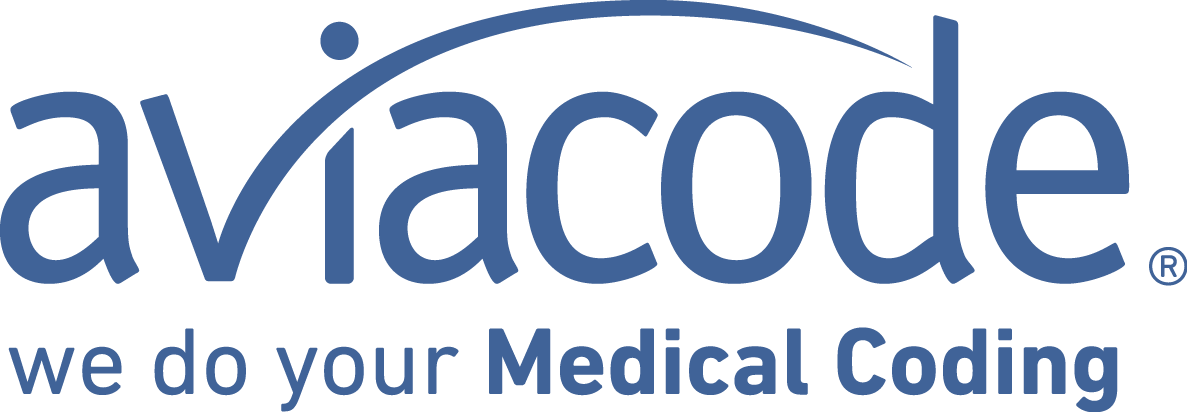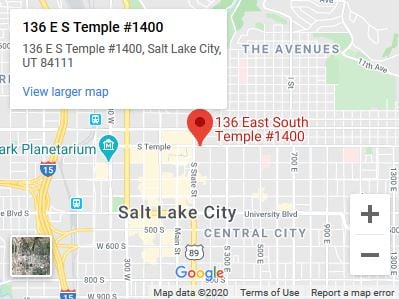Claim denials can be crippling for providers. And they’re especially irksome when they’re caused by avoidable  coding errors. Managing E/M coding modifiers and incident-to services properly are two areas that providers can greatly improve in order to avoid denials and obtain maximum revenue.
coding errors. Managing E/M coding modifiers and incident-to services properly are two areas that providers can greatly improve in order to avoid denials and obtain maximum revenue.
Medical Economics offers some insights for properly handling various E/M code modifiers in order to avoid denials and streamline the billing process:
- Modifier 25 – This modifier requires practitioners to detail what was out of the ordinary for this particular patient interaction. It covers situations where, for example, the medical staff treat a primary issue and then order testing for a related issue when they feel the patient is at risk. You should use this modifier carefully to only denote cases where a significant service was provided that is identifiable and outside the norm (beyond checking the patient’s vitals).
- Modifier 26 – Used with global procedure codes, Modifier 26 is used when more specific codes are not available. For example with chest x-ray procedures the modifier can be attached to the single-view chest x-ray code to denote the physician is just interpreting the results. If you own the equipment and your team is also interpreting, then be careful to not use this modifier as you won’t then receive full warranted compensation. Use a coding provider that understands the proper usage of this and other modifiers to avoid denials and potential overpayment problems.
- Modifier 59 – This modifier is used when there isn’t another substitute that works, and is used with non E/M codes with a “1” value Correct Coding Modifier. Utilizing this modifier is tricky, so consider using an experienced coding provider to reduce denials and submission issues. CMS has a list of the modifier indicators for each code.
Medical Economics highlights another area for concern in regards to denials and payment problems comes with incident-to-billing. This allows non-physician providers to bill under a physician’s NPI so the practice can collect all of the Medicare fee schedule amount. Incident-to-billing can be tricky, and has multiple requirements that will result in denials if not followed closely. Here are some of the main reasons for these types of denials, according to Medical Economics:
- Incident-to-Services are billed for new patient visits. The proper route is to schedule these patients first with a physician that will provide the care. Any follow up appointments are then scheduled at the non-physician provider and billed to the physician.
- Billing incident-to-services for a current patient experienced a new problem. This situation requires communication with the supervising physician. They’ll need to create a care plan for the new problem, including notes on any exams, medications, or thoughts on relevant patient history. If this cannot be done, then bill the visit under the non-physician provider to avoid possible denials.
- New problems don’t fit with supervision requirements. A supervising physician should be in the office at all times and available. This doesn’t need to be the initial doctor that provided care, simply a physician on staff. Payers will sometimes request access to a practice’s daily schedules to confirm the incident-to-services physician was indeed in the office. If there’s a discrepancy then you can certainly expect denials. This situation is especially tricky for nursing home visits where the supervising physician would need an on-site office in order to justify incident-to-physician billing.
- Improper usage of –SA modifier for incident-to services. Some commercial payers require this modifier for certain types of providers. There are state-by-state rules for the application of the –SA modifier with for example nurse practitioner services and physician assistants.
Aviacode’s coders understand all of the different variables in regards to avoiding coding denials and utilizing the proper modifiers for every single encounter. They have the experience to know when to apply complex rules such as Modifier 59 so you avoid denials and obtain maximum revenues. Our team of experienced and certified coders accurately code more than 10 million encounters per year, helping providers avoid costly mistakes and improve their revenue integrity. Be sure to stop by the Aviacode booth #2206 at the upcoming AHIMA conference to discuss your coding needs.


